Symptoms of prostatitis can make life unbearable for a man. An experienced doctor will help you resolve the problem quickly.

Inflammation of the prostate (prostate) tissue is called prostatitis. The prostate is an endocrine organ that affects multiple processes in the male genitourinary system. Due to its inflammation, urinary function is violated, potency, libido and ejaculation difficulties. The performance of prostatitis significantly deteriorates the quality of life and affects reproductive function. According to statistics, prostate inflammation is the most common disease of the male genitourinary system today.
signs of prostatitis
Symptoms of the disease can be acute and barely visible. If you notice yourself experiencing the following symptoms, albeit mild, it is best to consult a doctor immediately to confirm or refute the diagnosis.
- Mimicry disorder: Urgency to urinate, especially during nighttime sleep, weak or intermittent flow, pain, and difficulty urinating.
- Pain in the lower abdomen, entering the anus, scrotum, perineum.
- Decreased libido, impaired potency, or sexual dysfunction.
- Changes in consistency, color, volume of ejaculate, difficulty with ejaculation.
When identifying the signs and symptoms of prostatitis in men, do not self-medicate or use advice from the Internet. At best they won't help you, at worst they will hurt you. In addition, not seeking medical attention in time can make the condition worse.

Signs of different types of prostatitis
Depending on the nature of the stream, there are:
Typical symptoms of acute prostatitis:
- Fever, a sharp rise in body temperature (up to 40 degrees);
- severe headache, weakness, fatigue, irritability;
- Groin when urinating, back pain, frequent urination;
- Changes in the quality of urine (becomes more cloudy, viscous, mixed with blood), and abnormal discharge from the urethra.
Acute prostatitis can lead to complications if you do not seek medical help in time:
- an abscess in the body of the prostate;
- vesiculitis (inflammation of the seminal vesicles);
- colitis (inflammation of the seminal vesicles);
- Scarring and adhesions of the glands and spermatic cord;
- stagnant processes in prostate tissue;
A feature of the chronic form is vague clinical manifestations and symptoms of prostatitis. Manifestations are similar to the acute form, but with delayed features. Often, the cause of the pathology is nonbacterial prostatitis, prostatopathy (stagnation of blood in the blood vessels).
Diagnosis and Treatment
Prostatitis has typical clinical manifestations. Experienced urologists can easily perform medical history, examination and palpation, laboratory and instrumental studies (general and bacterial urine and blood tests, PSA blood tests, sampling of prostate secretions, semen tests, ultrasonography)make a diagnosis.
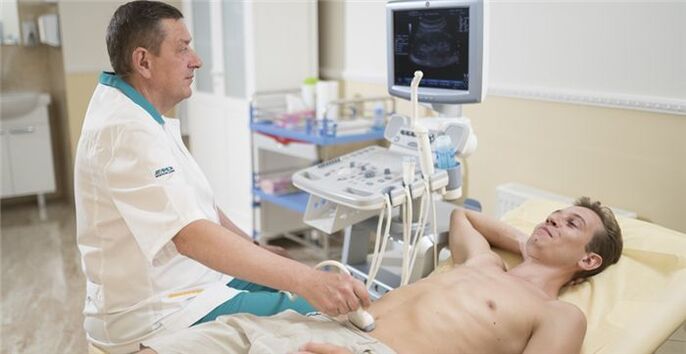
The treatment of prostatitis involves a comprehensive approach and provides excellent results, with the patient's timely recourse to a specialist.
Modern clinics are equipped with modern high-tech equipment for the diagnosis and treatment of urogenital diseases. A qualified and refined doctor will provide you with effective and most appropriate assistance.
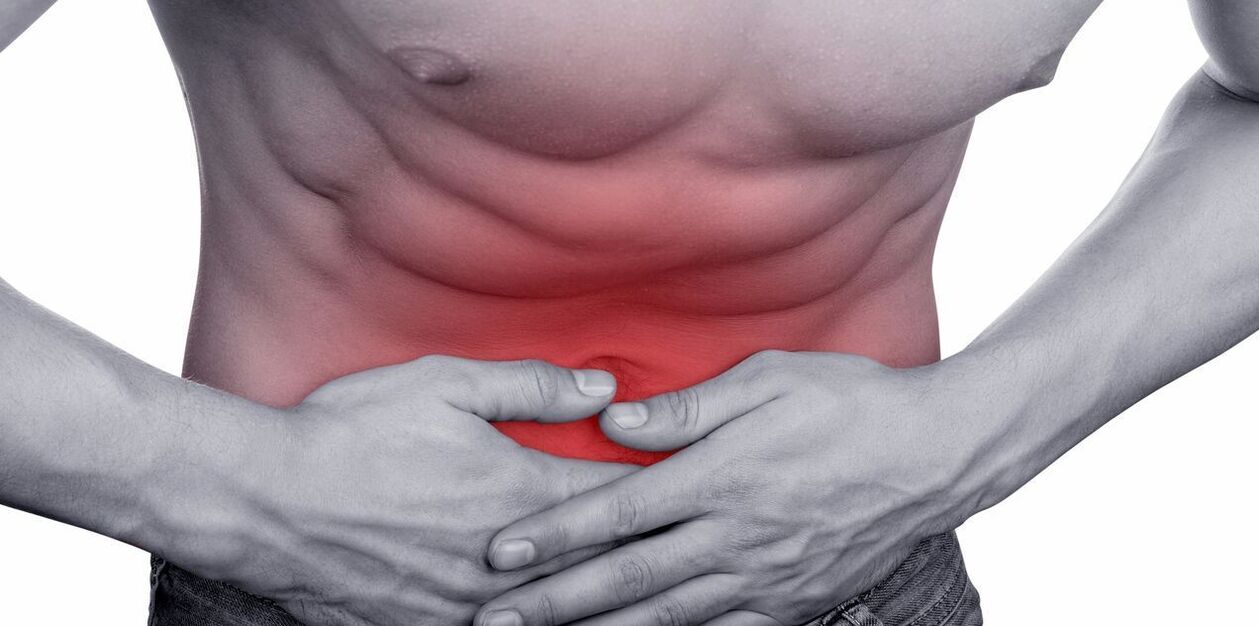
Symptoms of prostatitis: pain, burning, discharge, pain, incontinence
There are usually 3 types of symptoms of prostatitis:
- Violation of urination: dysuria, frequent, nocturnal urination.
- Pain Symptoms: Pain in the perineum, lower abdomen, and groin. Pain may radiate (give) into the scrotum or sacrum.
- Mixed form, in which there is urination disturbance and pain.
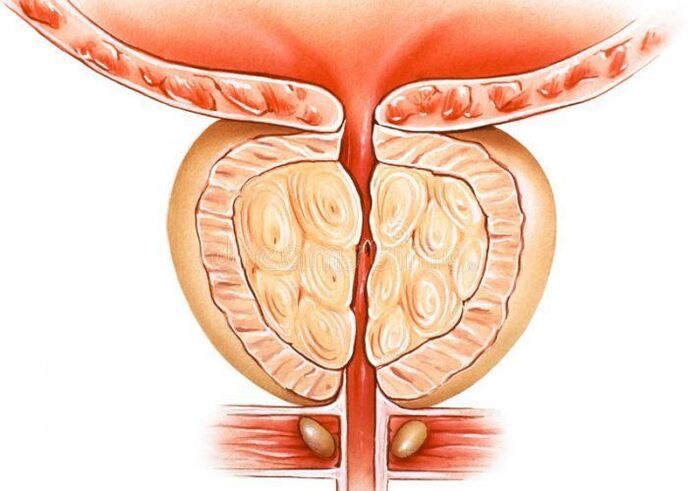
Cause of Prostatitis?
for bacterial prostatitis
Infection enters the prostate from adjacent organs: through blood and lymphatic vessels from distant inflammatory foci (tonsillitis, sinusitis, caries).
The most common bacteria in prostatitis are: Escherichia coli, Klebsiella, Proteus, Staphylococcus aureus, Enterococcus.
The role of sexually transmitted infections is discussed: Chlamydia, Mycoplasma, Trichomonas.
The activity of the inflammatory process and the corresponding manifestations depend on the identity of the microorganisms, the state of the pelvic organs, their circulation, accompanying diseases and other predisposing factors.
for non-bacterial prostatitis
Stagnation plays an important role. Poor blood flow can cause prostate tissue to swell, ooze, and set the stage for the development of inflammatory processes unrelated to bacterial factors.
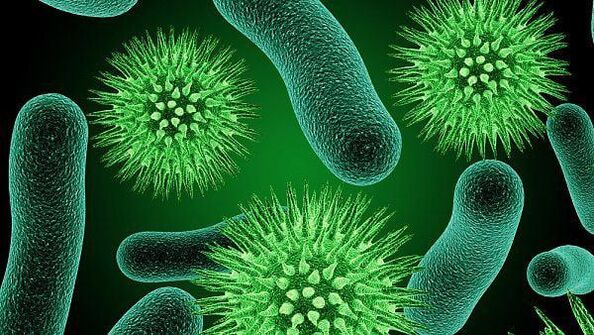
STDs and Prostatitis
The involvement of sexually transmitted infections in the development of prostatitis is widely discussed in the scientific medical community. There is no single opinion on this issue.
We consider ourselves to support a direct link between infection, the occurrence and course of prostatitis.
Why is prostatitis dangerous?
Prostatitis is not life-threatening for the patient, the process is chronic and deteriorates quality of life.
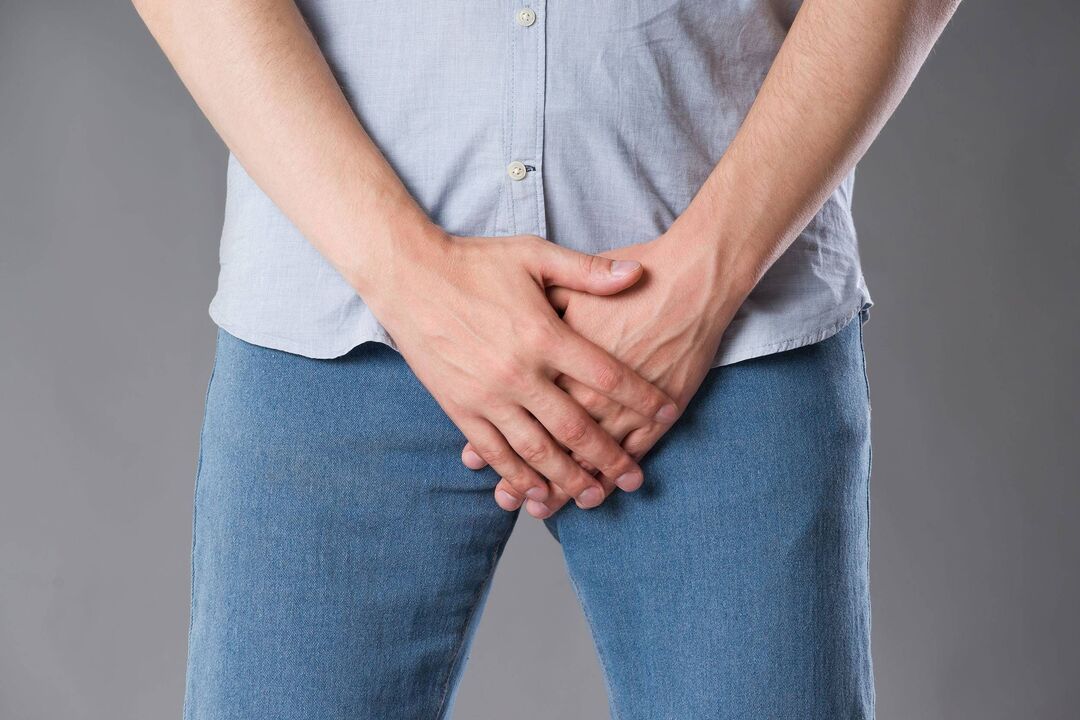
Prostatitis started. How to be sure? first sign
The first sign of prostatitis is a change in the nature of urination: dysuria, frequent urination, frequent urination, especially at night. Discomfort and varying degrees of pain in the groin when urinating.
Prostatitis age? Is this a disease of the young and/or old?
Prostatitis is an inflammatory disease, so it can occur at any age. But adenoma, or benign prostatic hyperplasia, is an age-related disorder in men over 50 and has been linked to the development of benign prostate tumors.
Chronic prostatitis. Is it possible to cure?
The presence of a diagnosis of chronic prostatitis implies the presence of changes in the structure of the prostate tissue that persist for life. Like any chronic disease, prostatitis progresses through alternating periods of exacerbation and remission—periods in which nothing bothers the patient. With the right treatment and lifestyle, the period of remission can be long and complaints will never bother the patient again.
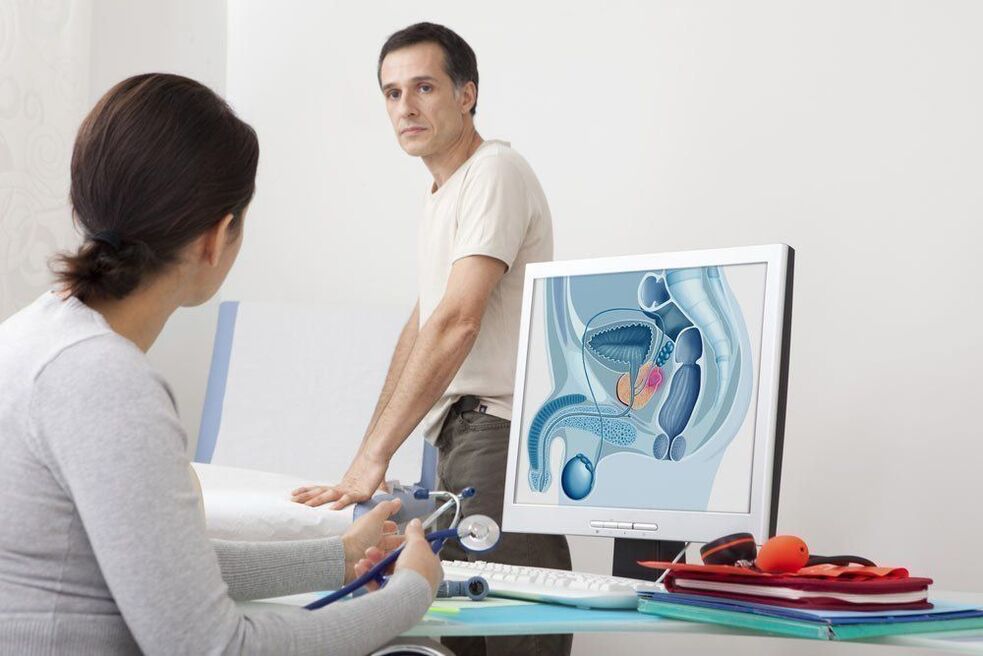
Bacterial and other types of prostatitis
There are many classifications, the most commonly used is the one developed by the National Institutes of Health in 1995:
- the first sortAcute prostatitis.
- The second category.Chronic bacterial prostatitis.
- The third category.Nonbacterial Prostatitis/Chronic Pelvic Pain Syndrome - No obvious signs of infection and persists for 3 months or more.
- Subclass III A.Chronic inflammatory pelvic pain syndrome (leukocyte and pathogen release from prostate secretion).
- Subclass III B.Chronic non-inflammatory pelvic pain syndrome (absence of white blood cells in prostate secretions).
- fourth category.Asymptomatic prostatitis (leukocytes secreted by the prostate, but no complaints).
For ease of understanding, classifications can be represented from 3 types:
acute prostatitis- Severe pain, fever, difficulty urinating. The secret of the prostate - a large number of white blood cells, which indicates a clear inflammatory process. Usually, it occurs for the first time in this patient. If these symptoms appear in patients with chronic prostatitis, it is called chronic prostatitis exacerbation.
chronic bacterial prostatitis- Periodically disturb the patient's symptoms, usually less pronounced than acute prostatitis. At diagnosis, there is also an increase in white blood cells in prostate secretions, which can identify the causative agent of inflammation.
The hardest to diagnose isnonbacterial prostatitis, or the so-calledchronic pelvic pain syndromeThis is because the chief complaint is very similar to prostatitis, but is associated with diseases of other organs and systems in which signs of inflammation and pathogenic bacteria cannot be detected: spasms of the pelvic muscles, impaired interaction between the bladder and its sphincterAnatomical disorder - narrowing (narrowing) of the urethra, inflammation due to increased pressure within the lobules of the prostate.
Who treats prostatitis - andrologist or urologist?
Urologists and andrologists work together to treat prostatitis.
An andrologist is a urologist who specializes in the study of disorders in the male sexual and reproductive areas.
Methods and programs for the treatment of prostatitis
All prostate treatment options include drugs: drugs that improve prostate and bladder contractions while relaxing the sphincter.
Good results can be obtained by simultaneous administration of drugs and physical therapy (prostate massage, complex for the treatment of prostatitis).

What tests are needed for prostatitis?
forDiagnosis of ProstatitisConsultation with a urologist (andrologist) is required to collect patient complaints, medical history, microscopic examination of prostate secretions, and ultrasonography.
For diagnosis, prostate secretions obtained after prostate transrectal ultrasound (TRUS) and prostate massage are used for microscopy.
Furthermore, by determining the susceptibility of the inoculated flora to antibiotics, the secrets of the prostate can be seeded on the flora.
Surgical intervention and surgery for prostatitis
For prostatitis, surgery is not actually used. In addition to prostate abscess - the process of forming purulent contents.
Can you cure prostatitis yourself?
In the case of severe symptoms, it is best to be treated by a specialist, and the time factor is very important in the treatment, because the longer the inflammation goes on, the greater the chance of irreversible changes to the organ.
But it's best to do prevention yourself, no doctor will do it for you.
Avoid hypothermia, sedentary congestion, sexually transmitted infections, irregular sexual activity—all of which are effective ways to prevent prostatitis.
Medications for Prostatitis
Drugs for the treatment of prostatitis are classified according to their mechanism of action:
Antimicrobials (Antibiotics)Prescribed only if there is a diagnosis: chronic bacterial prostatitis. The most commonly used are fluoroquinolones, macrolides and doxycyclines.
Alpha Blockers:Used to restore impaired urination, increase the contraction of the bladder and relax its detrusor muscle.
big groupBiostimulants and herbal preparations.
Effective treatment is only possible with a correct diagnosis, as there is no universal medicine for all types of prostatitis. Often, if a patient has a completely different disease but similar symptoms, they will take medication for prostatitis.

Nuts, roots, parsley, cucumber, honey, bees, leeches and other folk remedies for prostatitis
Folk remedies have the right to exist, but you have to understand that it is very difficult to choose a folk method that suits you. According to the request, using folk methods to treat prostatitis, the search engine produced 70 million results.
No one studies the effectiveness of folk methods. Just because it's helpful (and if it helps) with this type of treatment for one patient doesn't mean it's going to help you.
Prostatitis worsened after treatment. remission, relapse
All chronic inflammatory processes have periods of exacerbation and remission during which the patient is not distressed. The duration of remission can vary and depends on many factors, including whether the patient is receiving preventive treatment. Patients who get regular preventive treatment without waiting for their health to worsen usually don't get worse as often.

Do a prostate massage at home. Does prostatitis always require massage?
Prostate massage can also be done at home if you are married to a urology nurse. Any medical procedure has its subtleties and nuances. Only a doctor can determine the indications for this procedure, so for certain diseases: prostate adenoma (in the presence of acute urinary retention), prostate massage is not advisable and is contraindicated for tumors.
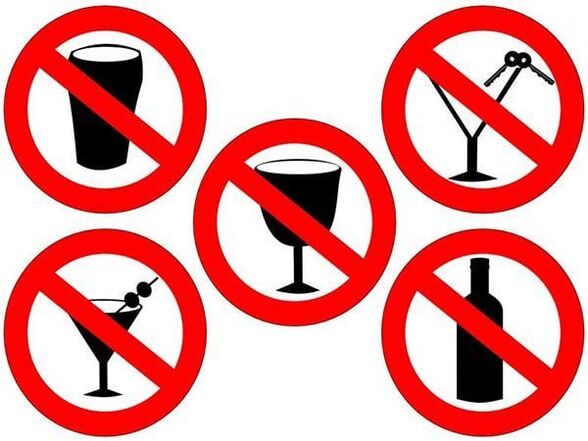
Alcohol and Prostatitis
Alcohol itself does not lead to the development of prostatitis, but it increases the stagnation and swelling of the prostate, which promotes its development.
Sex life and prostatitis
There is a direct relationship between the intensity of sexual activity and prostate disease. With prolonged abstinence, stagnation of the prostate occurs, which worsens metabolic processes and disrupts blood microcirculation, which leads to the development of inflammatory processes. Regularity is more important to prostate health than intensity of intercourse. Excessive sexual intercourse, especially with a different partner and protection from infection, is the quickest route to prostatitis.

Does prostatitis affect women?
Of course, the effects on the health of women whose partners have prostatitis are achievable. The prostate, along with the seminal vesicles, produces the fluid component of sperm, which during intercourse enters the partner's reproductive tract. The main danger may be the presence of sexually transmitted infections or bacterial prostatitis, which can trigger inflammatory diseases in women.
pregnancy and prostatitis
Because the prostate produces the liquid portion of semen, which contains nutrients for sperm, prostatitis often results in decreased sperm quality, making it difficult to conceive.

prevention. How to prevent prostatitis?
Prevention is directly related to the patient's living environment and occupation.
Prevention of prostatitis is to avoid and minimize the factors that contribute to the development of prostatitis. It is necessary to avoid hypothermia and to alternate sedentary work with periods of physical activity. Important to prostatitis is a regular sex life.
prostate. What it is and how her health affects male fertility
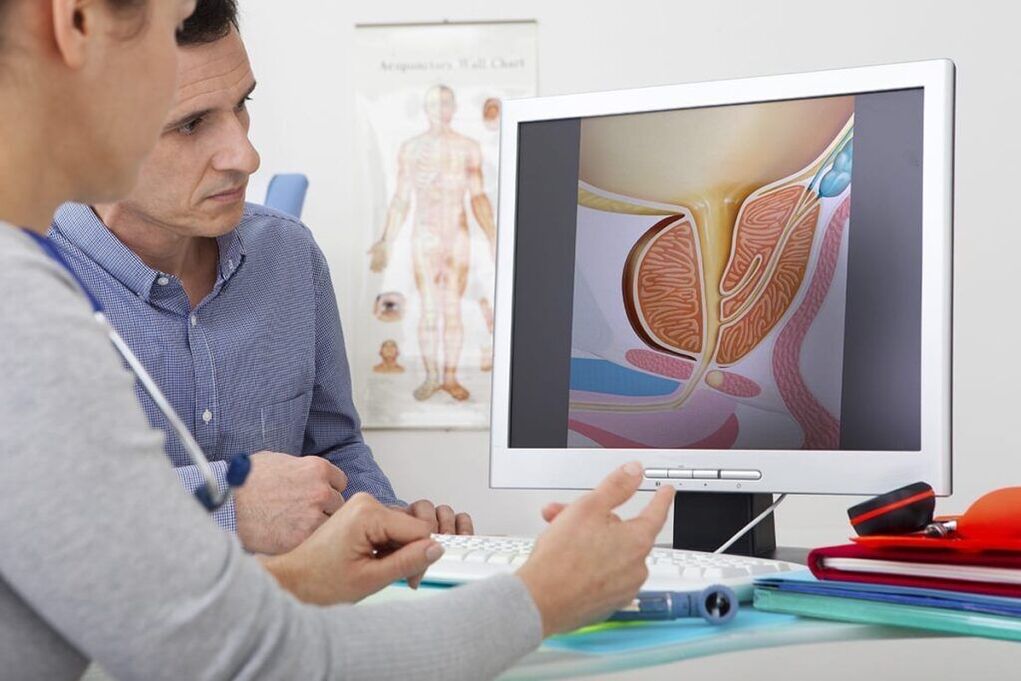
A diseased prostate is often the cause of many unpleasant conditions, making it difficult for a man to have sexual intercourse and even impairing his fertility. Not to mention that tens of thousands of men develop prostate cancer every year in every European country.
Many men are so embarrassed by their prostate problems that they avoid seeing a urologist. Learn more about the prostate itself, its diseases, and its relationship to infertility in this article.
What is the prostate for?
The prostate, also known as the prostate, is of moderate size, about the size of a walnut, but has a very important reproductive function. The gland is located at the intersection of the urinary tract - just below the bladder, just at the opening of the urethra, in addition, it goes directly through the center of the organ.
The prostate is a gland, that is, just like sweat glands secrete sweat and the liver secretes bile, the prostate secretes a substance that performs a specific function in the body. This substance is the cloudy white fluid in semen. That is, the secret of prostate production is the part of sperm that plays a nutritional role. Thanks to her, the sperm can maintain the necessary parameters - quite dynamic and fluid.
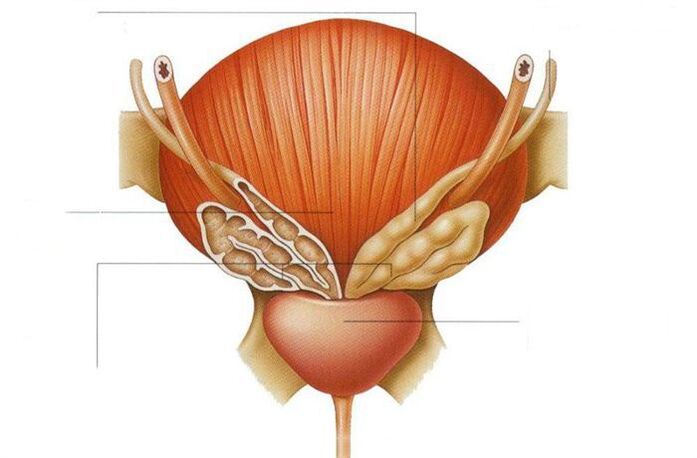
In addition, the protein substance PSA is formed in the prostate, which is involved in the fertilization process. So it goes without saying that male fertility is largely dependent on the condition of the prostate and any problems with the prostate can make pregnancy difficult as they are associated with a decline in sperm parameters.
The size of the prostate can change throughout life
A boy was born with a prostate the size of a pea. Over the ensuing years, the glands slowly enlarge to reach the correct size for an adult male around age 30. The prostate of a "prime" male is about 2. 5 cm tall, 4 cm wide, 3 cm thick, and weighs between 15 and 20 grams.
30 years is a relatively stable period during which the prostate doesn't grow as fast as it used to. It increases again around age 45. This is due to decreased levels of male sex hormones, including the most important hormone of all, testosterone.
When changing the size of the prostate, we are talking about what is called benign prostatic hyperplasia, which can be associated with unpleasant symptoms already at this stage.
Benign Prostatic Hyperplasia - What are the symptoms?
The most common symptoms that men with benign prostatic hyperplasia complain about are:
A man may also feel that his bladder is not fully emptied. Also, urine may leak from the bladder in an uncontrolled manner.
All of these symptoms are due to pressure from an enlarged prostate in the urethra, making it difficult for urine to pass normally. Urine stasis in the bladder, in turn, can lead to repeated urinary tract infections, bladder infections, stone formation, and in the worst cases, even kidney failure.
But worst of all, similar signs accompany other dangerous conditions -- prostatitis and prostate cancer. That's why it's so important for a man to contact a urologist as soon as he notices the first worrying symptom.
Acute and chronic prostatitis mainly affects young men
Prostatitis can be bacterial or non-bacterial in origin. It may be caused by stagnation of secretions produced by microorganisms or the prostate. It mainly affects young men between the ages of 20 and 40.
- increased urge to urinate;
- burning sensation when urinating;
- Sometimes body temperature rises.
Treatment of prostatitis is not the easiest because many antibiotics do not penetrate the prostate very well.
Prostatitis is one of the main causes of male infertility. Treatment of this pathology is absolutely necessary.
Prostate cancer is another disease of the prostate.
Prostate cancer is one of the most common cancers in men in Europe. Every year in every country, doctors diagnose tens of thousands of people. According to statistics, this cancer affects about 30% of men in their 50s and 80% of men in their 80s. At the same time, it is the third leading cause of cancer death.

prostate cancer
A characteristic of prostate cancer is that it develops fairly slowly and is often asymptomatic—at least initially. If symptoms occur, they are very similar to those associated with benign prostatic hyperplasia.
Are there men at increased risk for this cancer? Yes! Predisposition to prostate cancer would be obesity and a sedentary lifestyle, untreated urinary tract inflammation, excessive sexual abstinence, and genetic factors.
Prostate cancer is curable if detected early. Unfortunately, many men delay seeing a urologist, most often due to embarrassment and fear of a painful and unpleasant diagnosis. At the same time, it is enough to protect yourself from this dangerous disease with some simple tests.
In terms of fertility, advanced prostate cancer can guarantee infertility. Therefore, timely examination by a urologist is the key to male reproductive health.
prostate massage
Prostate massage is a useful urological procedure designed to maintain men's health. It helps restore blood supply to the pelvic organs, normalizes metabolic processes, improves tissue regeneration, increases the effectiveness of drug treatments, drains accumulated toxins and pus residues, increases the body's immune resistance, and resolves potency problems.
In specialized medical clinics, you can perform a therapeutic prostate massage to eliminate unpleasant symptoms or restore potency at a comfortable price. The procedure is performed by urologists of the highest qualification category. The extensive experience of our specialists allows us to perform delicate procedures for our patients with minimal discomfort. The cost of massage is calculated individually according to the patient's condition.
Purpose of Therapeutic Prostate Massage
Therapeutic massage is effective in preventing the development of various diseases of the prostate, including cancer. It promotes the outflow of prostate secretions, reduces inflammation, and improves muscle tone.
This procedure helps eliminate discomfort and pain in the perineum and increases sexual activity and potency. It is often combined with medication to make it more effective.
The price of prostate massage depends on the duration of the course and is chosen individually by the specialist urologist at the medical center according to the patient's condition.
If you would like to make an appointment with an expert or clarify the price of a service, please use the feedback form or call the 24-hour phone number listed on the website. Our consultants are ready to answer any questions in as much detail as possible.
Indications for Prostate Massage
The main indication for therapeutic prostate massage is a diagnosis of infectious or non-infectious prostatitis. It is also prescribed for:
- chronic pain in the pelvic area;
- Prostate congestion;
- Genetic susceptibility to prostatitis;
- Erectile dysfunction caused by prostate lesions;
- Male sexual activity decreased.
Numerous clinical studies have confirmed the effectiveness of prostate massage for these problems. This procedure is well tolerated by our patients as it lasts 1-2 minutes and is as painless as possible. Doctors always control the pressure on the prostate based on a man's personal feelings.
How to perform a prostate massage?
Program result:Prostate secretions flow out
The patient is placed in a knee-elbow position or on the side. Wearing gloves, the doctor inserts a finger 4-5 cm deep into the rectum and gently massages the prostate until a secret begins to reveal itself.
In chronic prostatitis, a doctor will prescribe a course of prostate massage. Typically, it consists of 10 to 15 procedures spaced 2-3 days apart. After completing the course, there will be a 2-3 week break and the above procedure will be repeated.
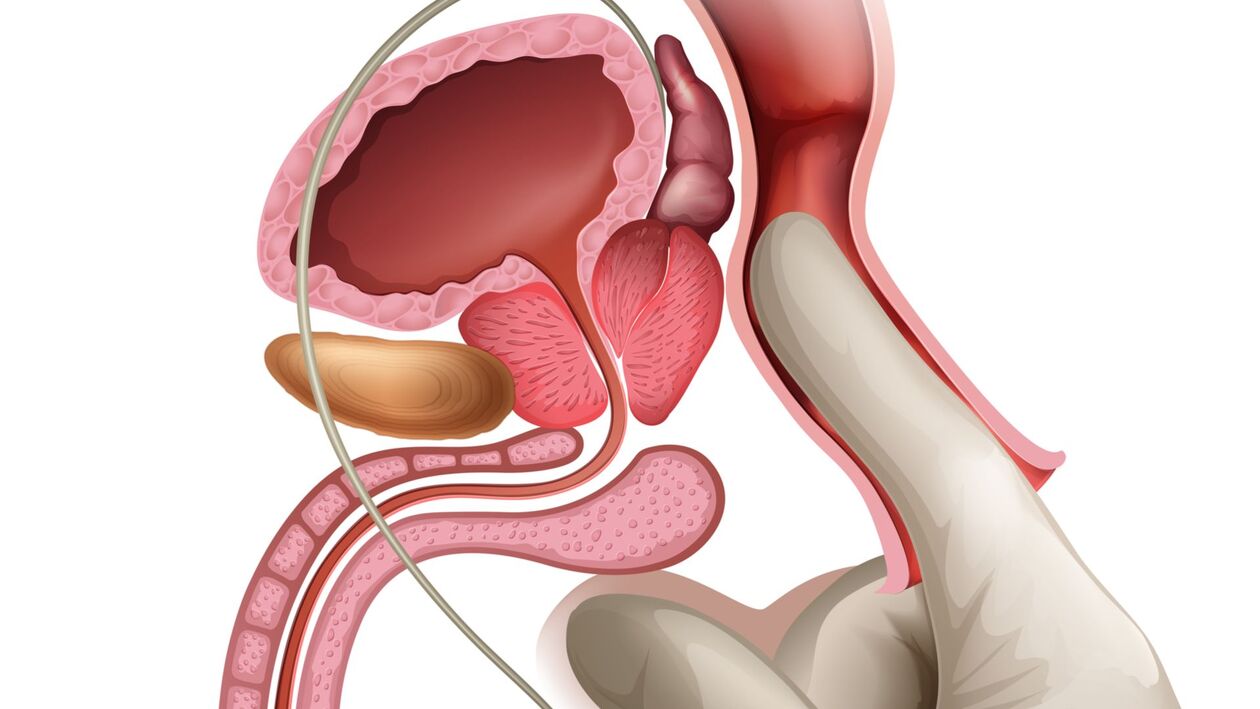
useful information
In some cases, exposure to the prostate is undesirable. No procedure is performed during acute bacterial prostatitis and other genitourinary infections, stones, abscesses, prostate malignancies, hemorrhoids, urinary retention.























